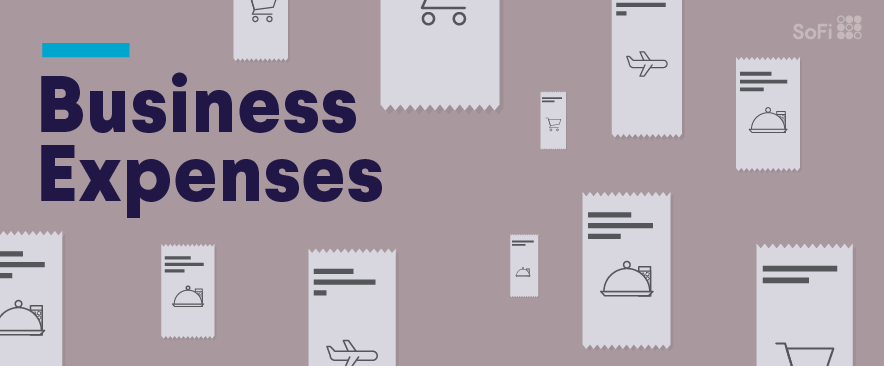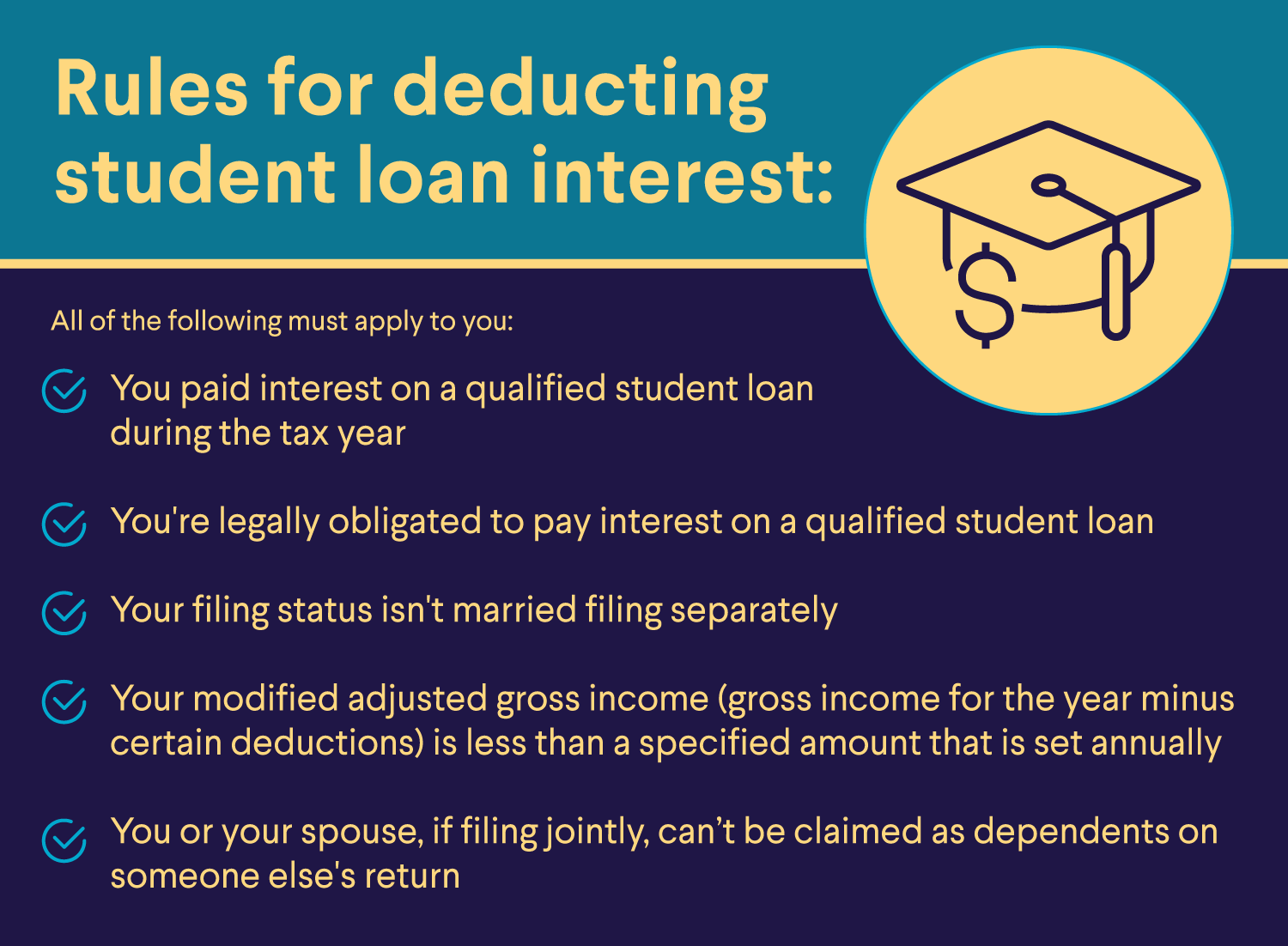Finishing a master’s degree is a big deal and deserves a huge congratulations. Countless hours spent tackling reading lists, group projects, and thesis research have finally come to an end. And after all that, you’re probably wondering what comes next after getting your master’s degree.
On one hand, an end to tuition payments and assignments is a relief. On the other hand, figuring out what to do after grad school can be daunting. Compared to navigating life after college, master’s students may be faced with more debt and responsibilities than when they finished their undergraduate degree.
Whether starting a new and exciting role, embarking on the job hunt, or making plans for an alternative path, the transition may take time adjusting to.
To help you make the next step, check out these tips for what to do after grad school.
Key Points
• Completing a master’s degree presents opportunities in various fields, but the transition to post-graduate life can be challenging due to debt and job market conditions.
• Utilizing university career resources, networking with alumni, and connecting with professionals on platforms like LinkedIn can enhance job search efforts.
• Continuing education through a doctoral program may provide specialized knowledge and career advancement, but it requires careful consideration of time and financial investment.
• Teaching college courses is a viable option for graduates, as many community colleges accept master’s degrees for teaching positions, offering flexibility and competitive salaries.
• Engaging in national service programs or taking time to travel can be fulfilling alternatives, allowing graduates to apply their skills while gaining valuable experiences.
Utilize University Career Resources and Networking
Many graduate programs promote their job placement rates to attract future students and stay competitive in college rankings.
To help ensure master’s students have a plan for life after grad school, many universities offer career resources and services. Possible programs include career planning, interview and resume workshops, job fairs, and networking events with employers and alumni.
If you find your university’s career services to be limited or you’ve already graduated, you can reach out to your former professors for advice on entering the job market or pursuing a PhD.
Some universities may have official alumni groups or organizations to tap into. Connecting with alumni, professors, and classmates on LinkedIn is another way to broaden your network and find jobs in your desired field.
Entering the Workforce
A master’s degree can be an asset in the job market and for long-term career growth. In 2021, employed individuals with a master’s degree earned median weekly earnings of $1,574, compared to median weekly earnings of $1,334 for those with bachelor’s degrees.
Still, landing a job that reflects your credentials immediately after graduate school can be difficult. Sometimes, factors like geographic location or an economic recession could pose challenges to gainful employment.
If you have limited work experience or changed careers after graduate school, it may be helpful to cast a wider net with job applications in your desired sector.
Not everyone’s career is a straightforward path. Finding a position that balances passion and professional development can be a good place to start.
Recommended: How to Financially Manage a Job Transition
Continuing Education
Depending on your career goals, a doctorate degree (PhD) could be a way to develop specialized knowledge and stand out from the pack. As of 2021, the number of Americans whose highest degree was a master’s degree reached 24.1 million, compared to just 4.7 million for a PhD.
Besides working as a college professor, a PhD can be applicable for a variety of careers, such as researcher, scientist, psychologist, and high-level positions in government agencies.
Whereas completing a master’s degree generally takes one to three years, a PhD program can take between five and six years, possibly longer.
Given this considerable time commitment, it is worth considering the return on education for different doctoral programs. If you receive a tuition waiver and stipend for a PhD, this calculation should instead measure the ratio of foregone earnings from studying to the income a doctorate will help you receive upon graduation.
Recommended: The Highest Paying Jobs in Every State
Teach College Courses
After earning a master’s degree, there may be opportunities to stay involved in academia without pursuing a doctoral degree. Some graduates utilize their master’s credentials to teach college courses as a full-time or adjunct lecturer.
Many community colleges only require their instructors to have a master’s degree. Usually, these positions are geared towards instruction more than research and writing. Thus, preference may be given to candidates with previous college teaching experience and to those with master’s degrees.
Pay for lecturer positions varies between community colleges, four-year institutions, and graduate schools. The average salary of an adjunct professor, though, is currently $83,715 per year.
You may choose to teach college courses full-time at your local community college or university or teach classes part-time as your schedule allows. Either way, teaching college courses can be a fantastic way to utilize your master’s degree.
National Service
Are you interested in applying knowledge and skills from your master’s degree to make a difference? National service programs, such as the Peace Corps and Americorps, let you do just that.
Every year, Americorps enrolls more than 200,000 members to work with schools, nonprofits, community organizations, and government entities to address critical needs ranging from poverty reduction to natural disaster relief and youth empowerment.
Peace Corps operates in over 60 countries, with volunteers working on programs related to agriculture, environment, health, community and economic development, education, and youth development.
The bulk of Peace Corps assignments are for two-year durations, preceded by two or three months of language and cultural training. However, candidates with more experience and advanced degrees can apply to Peace Corps Response to serve in more specialized roles for 3-12 months.
Although both organizations refer to participants as volunteers, they do provide financial compensation and other benefits. Americorps provides a stipend and lump-sum education award structured according to the duration of service, which spans incrementally between 300 and 1,700 hours.
In the case of the Peace Corps, stipends are structured according to the host country’s cost of living. Other benefits include a $10,000 readjustment allowance, healthcare, federal student loan deferment, and non-competitive eligibility for federal jobs.
Taking Time to Travel
For many recent or soon-to-be master’s graduates, long-term recreational travel may not seem financially feasible for life after grad school. However, the transition from graduation to the workforce can be a good time to travel frugally before professional obligations and life’s responsibilities begin adding up.
To make the most of your travel budget, you can take advantage of free accommodation via couch surfing or work remotely part-time while you’re traveling to bring in some extra funds.
Recommended: How to Save for a Vacation: Creating a Travel Fund
Budgeting for Life After Grad School
Graduate students are no strangers to living on a shoestring budget. During the transition from student discounts and bargain hunting to full-time jobs and steady income, it can be easy to lose track of these money-conscious habits.
Maybe it’s not a bad idea to upgrade your diet from ramen noodles, but creating a budget can help keep you on track to save for things like retirement, a mortgage, and paying off student loans.
One way to possibly save money each month is to refinance your student loans into one loan with one monthly payment. If you have a strong credit profile and are bringing in a decent income each month, you may qualify for the lowest rates. A lower rate will lower your monthly payment if you keep the term the same. If you want to pay off your loan quicker, though, you can shorten your loan term and reduce the amount you pay in interest overall. Note: You may pay more interest over the life of the loan if you refinance with an extended term.
There are many advantages to refinancing student loans, but like anything, there are disadvantages, as well. If you plan on using federal benefits, such as student loan forgiveness or income-driven repayment plans, you will lose access to these if you refinance. Make sure you do not plan on taking advantage of federal benefits now or at any point in the future before deciding to refinance federal student loans.
The Takeaway
Your post-master’s degree path will vary depending on your career goals, industry, and personal interests. Options may include entering the workforce, continuing your education, teaching college courses, or taking time to travel. Whatever option you decide to pursue, you’ll need to do so with a budget in mind in order to make the most of your financial future.
If you are paying off student loans from your undergraduate and graduate degrees, you have options. Refinancing your student loans could give you more favorable loan terms with lower interest rates and flexible repayment plans.
As stated above, graduates refinancing federal student loans with a private lender will lose out on benefits like income-driven repayment and loan forgiveness.
If you’re interested in refinancing, consider SoFi. SoFi makes it easy to get pre-qualified online for student loan refinancing in just a few minutes. There’s no fee to apply, and SoFi members can take advantage of free career coaching and financial guidance.
See if you prequalify with SoFi in just two minutes.
SoFi Student Loan Refinance
SoFi Student Loans are originated by SoFi Bank, N.A. Member FDIC. NMLS #696891. (www.nmlsconsumeraccess.org). SoFi Student Loan Refinance Loans are private loans and do not have the same repayment options that the federal loan program offers, or may become available, such as Public Service Loan Forgiveness, Income-Based Repayment, Income-Contingent Repayment, PAYE or SAVE. Additional terms and conditions apply. Lowest rates reserved for the most creditworthy borrowers. For additional product-specific legal and licensing information, see SoFi.com/legal.
SoFi Loan Products
SoFi loans are originated by SoFi Bank, N.A., NMLS #696891 (Member FDIC). For additional product-specific legal and licensing information, see SoFi.com/legal. Equal Housing Lender.
Non affiliation: SoFi isn’t affiliated with any of the companies highlighted in this article.
Financial Tips & Strategies: The tips provided on this website are of a general nature and do not take into account your specific objectives, financial situation, and needs. You should always consider their appropriateness given your own circumstances.
SOSL0623006
Read more










